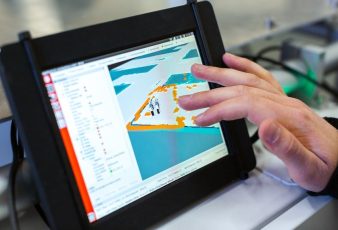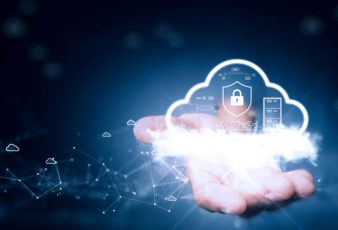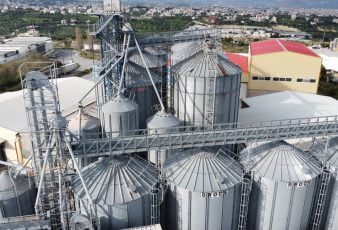Calibration is an important process for any instrument or laboratory device. In this article, we’ll explore different types of calibration and when they are used to ensure that the data you receive is accurate.
1. Linearity Calibration
Linearity calibration is performed to ensure that a measuring device is operating within its specified linear range. This type of calibration is usually done after each use and checks the values recorded by the measuring instrument against those of a reference standard.
One example of this type of calibration is checking the linearity of a digital multimeter (DMM) by using it to measure voltages at different points on a resistor chart. If you’ve ever used an analog DMM, you’ll notice that it’s much easier to find an accurate reading if there are no other factors affecting your measurements (such as humidity or temperature).
2. Mechanical Calibration
Mechanical calibration refers to the process of adjusting an instrument’s settings (i.e., its hardware) so that it measures what it’s supposed to measure accurately and precisely. For example, if you have an instrument that measures pressure in pounds per square inch (psi), a calibrated pressure sensor would ensure that your readings are accurate within 0.5 psi of the actual value.
This ensures that you’re getting reliable results when taking measurements with your equipment. There are several ways to perform mechanical calibration—torque calibration services are among one the examples.
3. Span Calibration
Span calibration is a process that is used to check the accuracy of a measurement device. It is a process in which the accuracy of a measuring instrument is checked by comparing its readings with the known values.
4. Limit Testing
Limit testing is a method of testing that is used to determine the limits of a device or system. It involves setting up a device or system with known parameters to observe how it behaves under given circumstances.
For example, using an oscilloscope and set of resistors, one could set up an oscillator circuit so that it produces pulses of varying lengths and amplitudes at different frequencies. The resulting waveforms would allow you to observe how the oscillator works—and how close each pulse comes to meeting its theoretical values.
Limit testing may also be used as a type of calibration; by observing how well your calibrated instruments can reproduce known values from their ranges, you can determine whether they are working properly and within their specified tolerances (or whether they need recalibration).
5. Field Calibration
Field calibration is the process of calibrating a device in the field. It’s used to check the accuracy of a device after it has been repaired or installed, and can also be used to check for drift over time (which is when your equipment becomes less accurate as time passes).
In general, field calibration can be done either manually or automatically. A manual method requires someone with knowledge about how to calibrate equipment and what it needs to do so; this person will need to do their best at checking for errors for their work to be effective.
An automatic method uses specialized machines that can perform this task more quickly than people can—and are more accurate because they use technology instead of human judgment.
6. Pressure Calibration
Pressure calibration or pressure gauge calibration is the most complex of the three types of calibrations, as it requires a vacuum source and pressure transducer to perform. This can be done in the laboratory or the field, depending on your needs.
When pressure calibration is performed in the laboratory, it’s typically done in an air-tight chamber with a vacuum pump that provides enough suction to pull out all unwanted air from inside your instrument. Pressures are then applied at different points within this standard atmosphere until you reach your target value.
Is There a Difference Between Testing and Calibration?
When it comes to testing and calibration, they are very similar. Both of these processes involve making sure that a device or system is working properly. The difference between the two is that testing involves checking if a device or system is operating correctly, while calibration involves making sure it continues to operate correctly after being tested.
Both testing and calibration are important for the proper operation of any device or system. Several types of testing help ensure that your product performs as expected and will be reliable when used by customers, while calibration can help ensure that your product performs consistently across all units and models so you can have confidence in its performance every time you use it again in the future. NDT ultrasonic testing, for example, is mandatory in various industries.
Conclusion
In summary, there are many types of calibration to know about. We hope that this guide has given you a better idea of what each type is and how it can be used in your facility. If not, feel free to reach out! It’s our job as a company to help guide customers through the process of making sure their processes are working properly—and we love doing it!
Additionals:




























